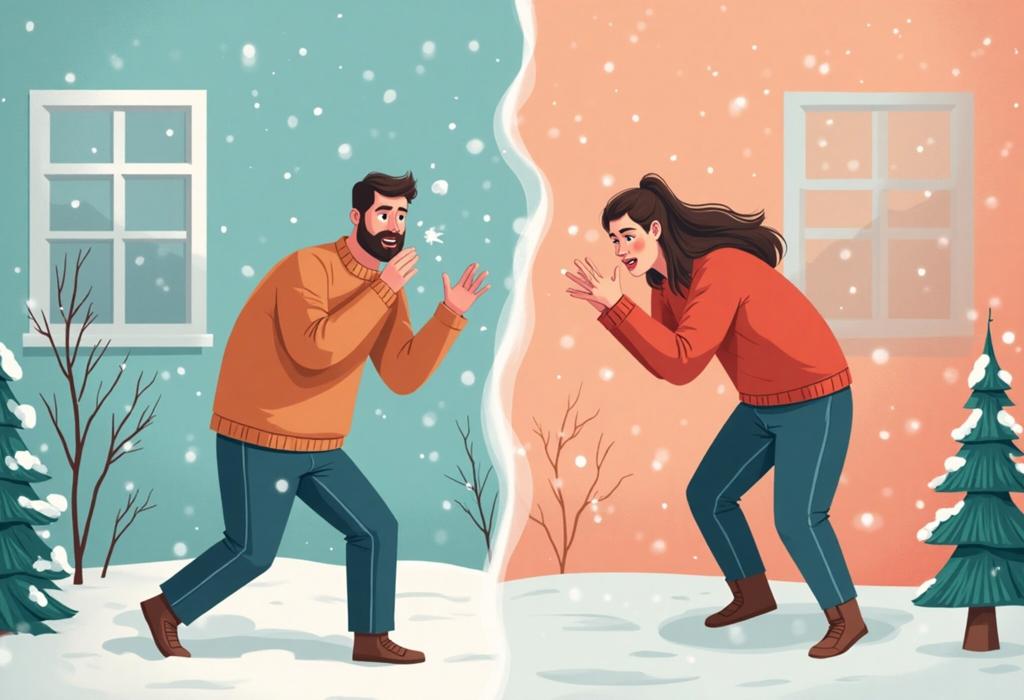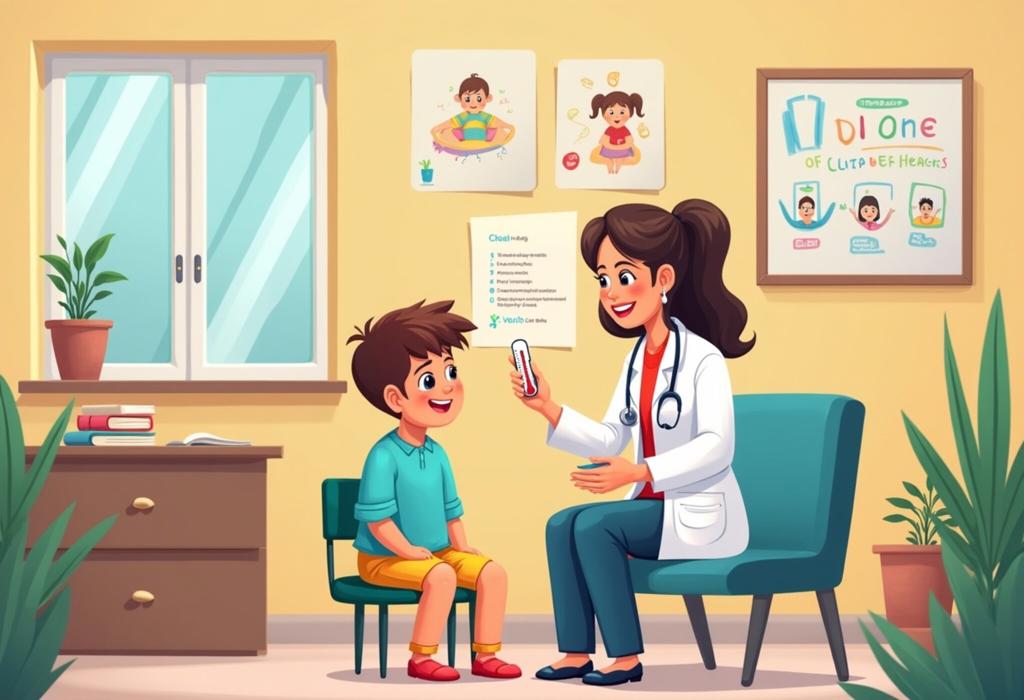For more details on this content, please review the step-by-step guide and frequently asked questions.
Is It Just a Cold or Something More?
Step-by-Step Guide
Recognize Common Cold Symptoms
Familiarize yourself with the typical symptoms of a cold, which may include a runny or stuffy nose, sore throat, cough, sneezing, mild headache, and fatigue. Understanding these symptoms helps you assess whether it’s just a simple cold.
Differentiate Between Cold and Flu
Understand that flu symptoms can be more severe than that of a common cold. Flu symptoms include high fever, intense body aches, extreme fatigue, and headaches. Notably, colds tend to develop gradually, while flu symptoms arise abruptly.
Consider Duration of Symptoms
Take note of the duration of your symptoms. If cold symptoms last more than 10 days or worsen over time, you may need to consider other possibilities, including a bacterial infection or another respiratory illness.
Assess for Additional Symptoms
Identify any additional symptoms that may not be common in a cold, such as a high fever (above 101°F), chest pain, difficulty breathing, severe headache, or any unusual rash. These can indicate a more serious condition.
Take Personal Health Factors into Account
Evaluate your personal health history and any underlying conditions such as asthma, diabetes, or heart disease. Individuals with compromised immune systems or chronic illnesses may need to be more cautious.
Monitor Changes
Keep track of any changes in symptoms. If you notice an escalation in severity, conflicting symptoms, or if things are not improving, it's essential to seek medical evaluation.
Determine Whether You Belong to a High-Risk Group
If you belong to a high-risk group such as the elderly, pregnant women, or those with chronic health issues, you should be more alert to symptoms that may indicate a need for a doctor’s visit.
Consult Healthcare Professionals
If in doubt, consulting with a healthcare provider is always the best option. They can provide guidance based on your specific symptoms and health history, helping to determine if it’s just a cold or something requiring further investigation.
Preventative Measures
Practice preventative measures such as hand washing, keeping surfaces clean, and avoiding close contact with those who are ill. Maintaining a healthy lifestyle can also support your immune system in combating illness.
Understand When to Return to Normal Activities
Learn about when it's safe to return to work or social activities. Typically, waiting until your symptoms have resolved and you feel better is advisable, to prevent spreading illness to others.








